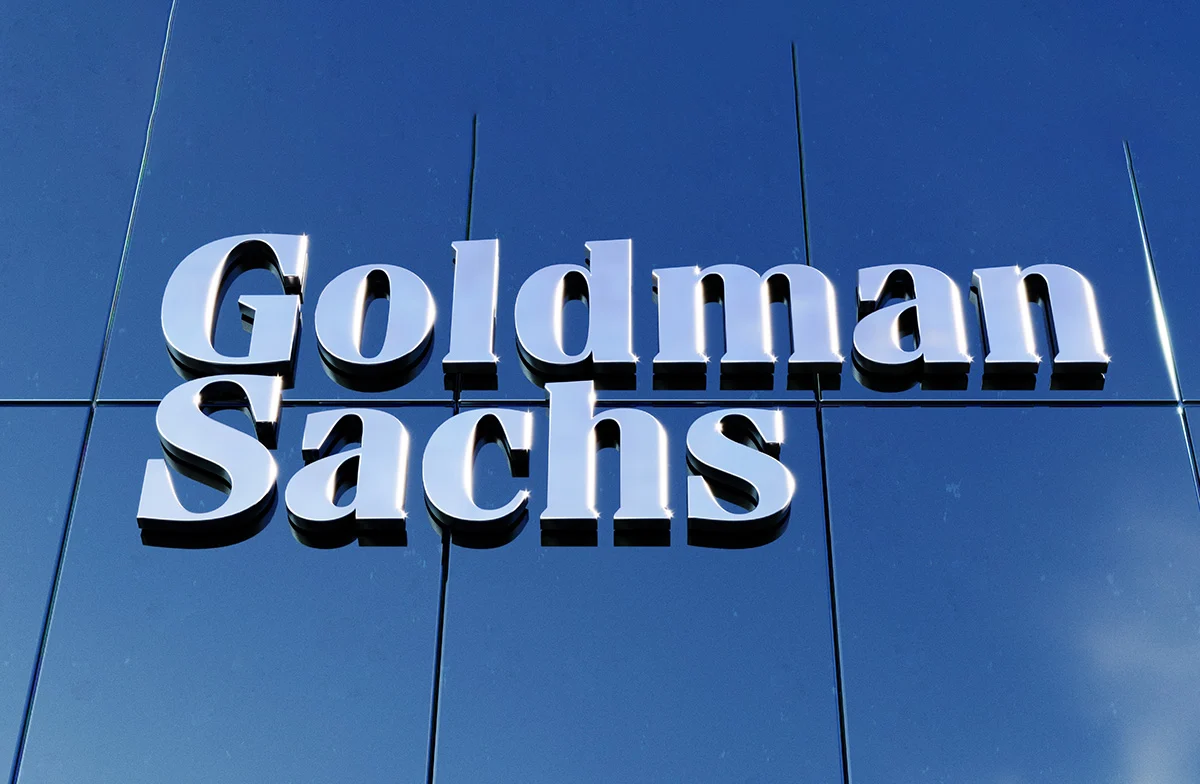In a recent announcement, Goldman Sachs has adjusted its outlook on the likelihood of a U.S. recession over the next twelve months, lowering the probability from 25% to 20%. This revision comes after a close examination of the latest economic data, including jobless claims and retail sales, which have shown positive trends.

The reduction in recession odds was influenced by a series of encouraging economic indicators. Firstly, the jobless claims for the past week dropped to a one-month low, suggesting resilience in the labor market. Additionally, July saw a significant uptick in retail sales, marking the most substantial rise in over a year and a half. These factors have contributed to a more optimistic assessment of the economic landscape, distancing it from recessionary fears.
Goldman Sachs’ chief economist, Jan Hatzius, highlighted that if upcoming jobs reports continue to reflect positive data, there might be further reductions in recession odds, potentially down to 15%. This perspective is bolstered by the expectation of a Federal Reserve rate cut, possibly by 25 basis points in the upcoming September meeting, with a chance of a deeper cut depending on future economic reports.
The investment bank’s reassessment aligns with broader trends seen across G10 economies, where similar data points have led to reduced recession probabilities. This update from Goldman Sachs not only reflects a hopeful outlook but also underscores the dynamic nature of economic forecasting, which remains tightly linked to real-time economic performances.
As we observe these developments, it remains crucial for investors and policymakers to stay informed about upcoming economic data, which will continue to influence market expectations and economic strategies.
For more detailed analysis and updates on this topic, keep an eye on our section here at Digital Digest.
Sources: Information for this article was compiled from recent updates by financial news outlets including WTVB and Invezz (WTVB) (Invezz).




